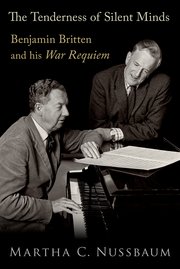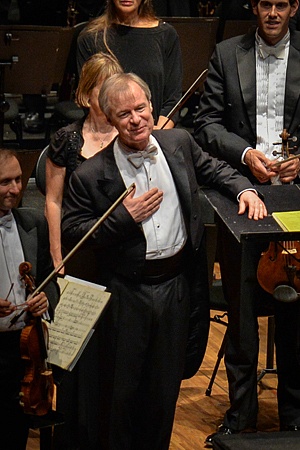Tristan und Isolde (Sydney Symphony Orchestra)
A music teacher in Thomas Mann’s early novel, Buddenbrooks (1900), when presented with some piano arrangements of Tristan und Isolde, recoils in terror: ‘I won’t play this ... This is not music ... It is pure chaos! It is demagoguery, blasphemy, and madness! It is the end of all morality in the arts. I will not play it!’ This is perhaps a trivial example of the effect of Richard Wagner’s music on his contemporaries and later generations, but Tristan is the opera that encourages the most extreme reactions. It is difficult for us to imagine just how disturbing this music must have sounded on 10 June 1865. There had been nothing like it before on the operatic stage.
Continue reading for only $10 per month. Subscribe and gain full access to Australian Book Review. Already a subscriber? Sign in. If you need assistance, feel free to contact us.















Leave a comment
If you are an ABR subscriber, you will need to sign in to post a comment.
If you have forgotten your sign in details, or if you receive an error message when trying to submit your comment, please email your comment (and the name of the article to which it relates) to ABR Comments. We will review your comment and, subject to approval, we will post it under your name.
Please note that all comments must be approved by ABR and comply with our Terms & Conditions.